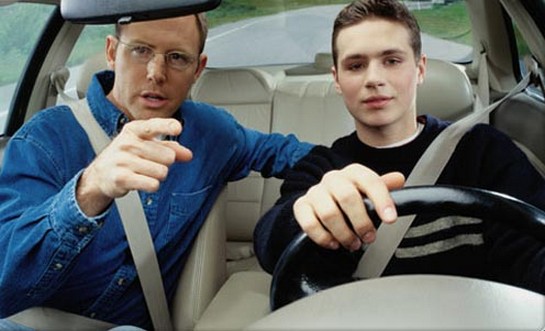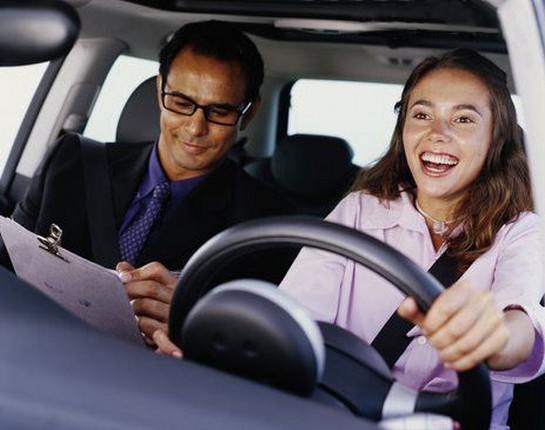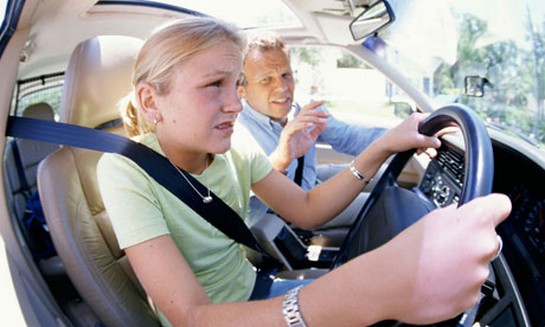
Left turns are the least feared by new drivers because they are simple to execute and are least likely to bring you in conflict with other traffic. But you must still be cautious because, particularly in towns, you can’t see much of what is in the road you are turning into.
Check your mirrors, remembering to look along the passenger side for cyclists and motorcyclists. As you turn, particularly if it is a right-angled turn rather than into a sliproad, your vehicle will slow considerably so the cyclist you’ve just passed could easily catch you up. If you are not sure you can get far enough ahead of him to turn without risking broadsiding him, you’ll have to slow and let him get ahead. If you do that, signal to let him know why you have slowed down: if you’re lucky it might be a rare cyclist who is polite enough to speed up for you.
Remember that slowing down is part of the manoeuvre, so signal first. This lets the drivers behind know you will slow down.
Look out for pedestrians approaching the road you are turning into. They may not be aware of your intentions or have noticed you approaching from behind and may step out in front of you. Remember that children and other non-drivers may not recognize drivers’ intentions from their changes in speed and road position as another driver would.
Be prepared to stop quickly as you turn into narrow town streets because there may be cars parked close to the corner or someone approaching the junction close to its centre line.

In general the faster you are going the sooner you should signal, but in urban environments this must be treated with caution. You need to signal early enough to allow others to see and react to it, but not so early that you confuse people.
Look at what is between you and your junction. If you signal now, might you make someone think you are turning into the road before? Let’s say there is someone waiting to come out of a filling station just before your turn: might they think you intend to turn into the same station and so pull out?
So, we can’t say ‘signal so many metres from the junction’; you must signal in good enough time to inform others but with due regard to the risk of misinforming them if you do not observe the situation before flicking the switch.
On wide roads with more than one lane of traffic in each direction, try to move over to the relevant lane far enough back to make two stages of it. So, you check the mirrors, signal and move over, drive along without an indicator for a short way, then mirror, and signal for the turn. That reduces the risk of cutting people up and of not seeing two-wheelers travelling on the other side of the lane you are turning from while giving others time to adjust to your intentions.

There is a school of thought that says you should only signal if you can see another road user who needs to be informed. While there may be a case for this on quiet country roads, I think it unwise in town because the more crowded environment makes you more likely to miss someone who needs to know your intention. By signalling every time you maintain a good habit and alert those you can’t see or haven’t noticed, who may be dangerously close to you.








